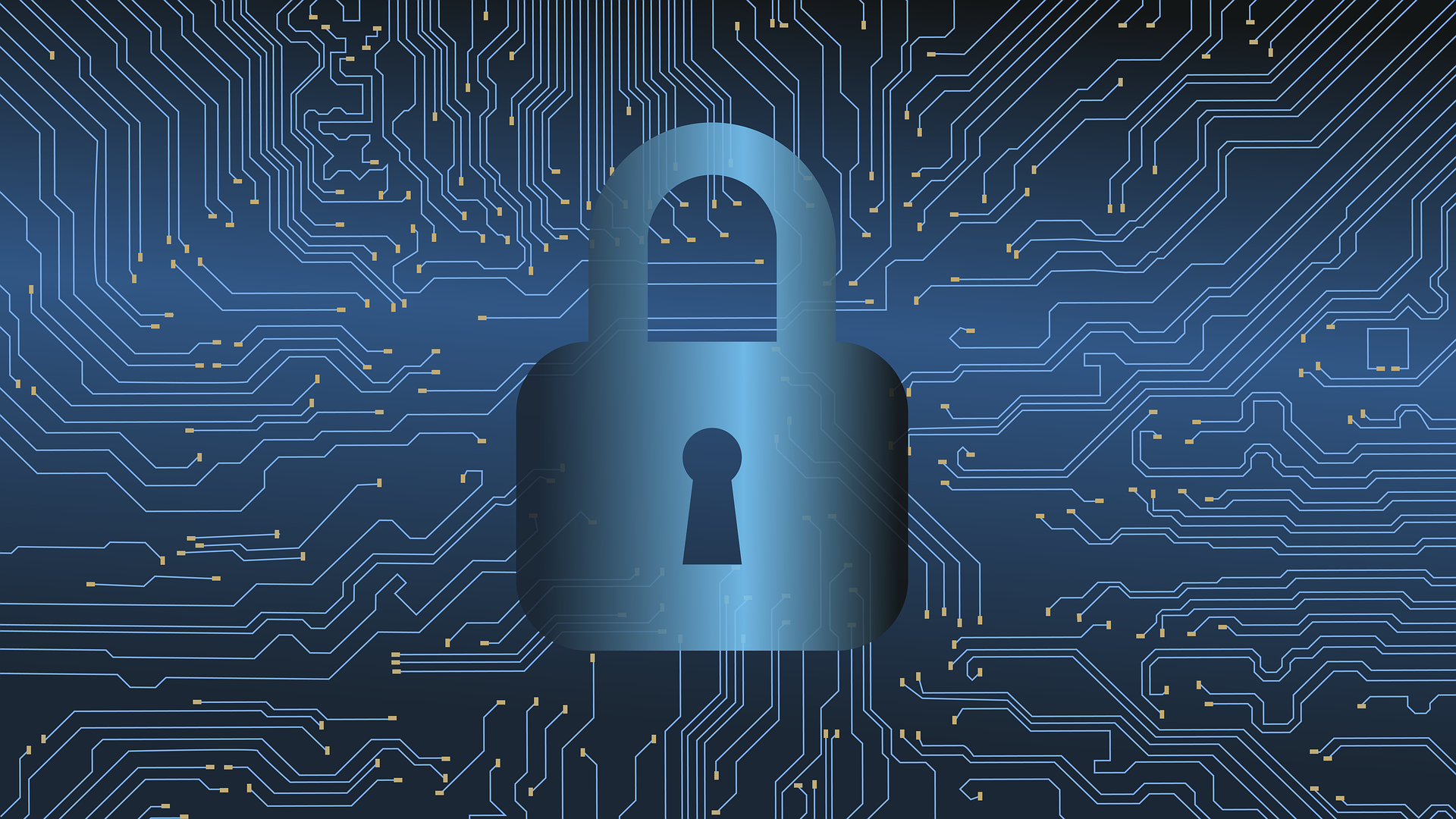Don't Let Cybersecurity Become an Afterthought.
Has Your Workforce Gone Remote? Use These Best Practices to Safeguard Your Data.
The world of work has shifted dramatically in recent months, with millions of employees trading their cubicles for home offices. And while the transition was born out of necessity, many business consultants and employment experts predict there will be no going back.
Now that millions of new telecommuters have gotten a taste of working at home, they may be reluctant to transition in reverse. So chances are your new normal will be a permanent way of life, with employees working from home and managers scrambling to keep up.
Managing a remote workforce can be a challenge, especially from a cybersecurity standpoint. When workers are in the office and equipment is standardized, it is relatively easy to control what goes on. But what happens when telecommuters are signing on from their personal desktops and laptops, or when they use their smartphones to access the company network from the corner café?
No matter how long you expect your telecommuting experiment to last, there are some essential best practices you should use to enhance cybersecurity and protect proprietary business information. Here are some fundamental best practices that go hand in hand with successfully managing a remote workforce.
Implement Two-Factor Authentication
If there is one thing you can do to make your remote workforce more secure and lock down the company network from afar, it is turning on two-factor authentication (2FA). This simple step can blunt the impact of phishing attacks, even successful ones, and the extra step is well worth the effort.
Once two-factor authentication is enabled, remote workers will be required to enter not only their password but also a single-use code. This time-sensitive access code can be sent to the telecommuter's smartphone, or to a dedicated device they carry with them.
Keep Tabs on Data Usage
Thanks to advances in technology, remote workforce managers are not flying blind. There are tools available to keep tabs on telecommuters and virtual employees, watch what they do online, track the websites they visit and even monitor their productivity.
These same technological tools can be used to monitor data usage, watching for spikes that could indicate a cybersecurity breach or other unauthorized leak of company data. Tying these monitoring tools into the existing IT infrastructure is the best way to lock down the network and the remote workforce.
Be Cautious About BYOD
Allowing remote workers to use devices they already own can be tempting, especially when times are tough and money is tight. Why spend money on special devices when every one of your workers has a computer on their desk - or in their pocket?
Those arguments are compelling, but caution should be the watchword when adopting a bring your own device (BYOD) policy. If you do plan to let telecommuters access the company network with their tablets, laptops, and smartphones, make sure there are firm ground rules in place.
Businesses can protect themselves by requiring the use of a virtual private network (VPN), for instance. This creates a secure tunnel between the devices in the telecommuter's home and the sensitive information stored on the company network or cloud account.
Follow a Cloud-Only Storage Policy
Storing company files on personal devices will always be dangerous, and managers never know when a smartphone, tablet, or laptop will go missing. For company devices, encryption can mitigate the risks, but requiring such software on personal devices is much trickier.
Businesses managing a new remote workforce can reduce these data storage risks by requiring telecommuters to store their files in the cloud. When combined with two-factor authentication, this cloud-only storage policy is one of the best ways to safeguard company data and cybersecurity risks.
Educate Employees
Compared to their office-bound colleagues, telecommuters have a great deal of autonomy and personal authority. But that authority must be paired with personal responsibility, including being aware of the latest cyber threats and how to spot them.
An educated workforce is a vital part of any successful remote management strategy. If your new army of telecommuters is not educated, they could easily fall for sophisticated phishing schemes and other targeted attacks.
A comprehensive cybersecurity training is a vital first step, but it may not be enough to keep your remote workforce and your business data safe. Challenging home-based workers with fake cyber-attacks and phishing attempts is the best way to gauge your training efforts' effectiveness and uncover potential deficiencies in your cyber defenses.
Working from home can be a win-win for employers and employees, but cybersecurity should not be an afterthought. As the world turns toward home-based working options, it has never been more critical for businesses to safeguard the information with which they have been entrusted. The best practices listed above can help you keep your workers, and your data, safe as you adjust to the new normal of a largely remote workforce.







